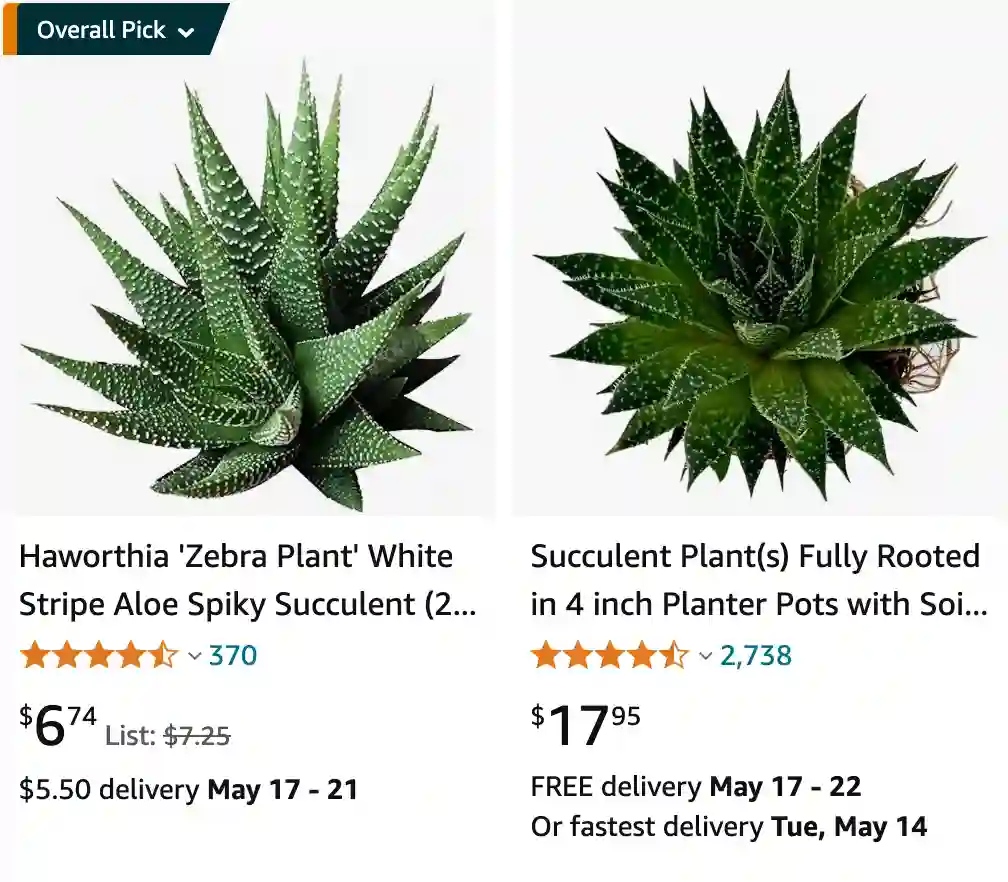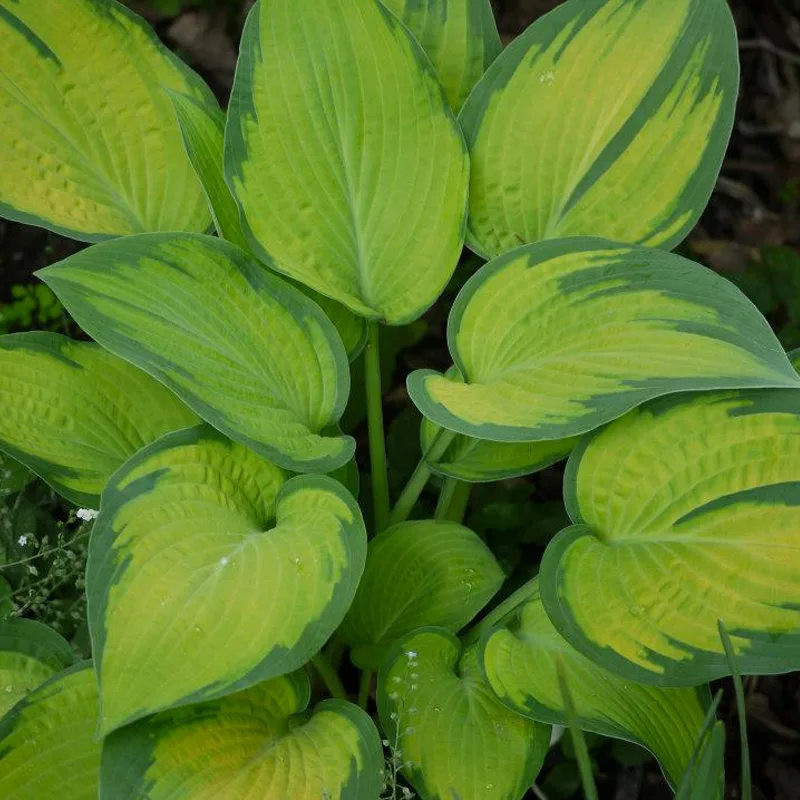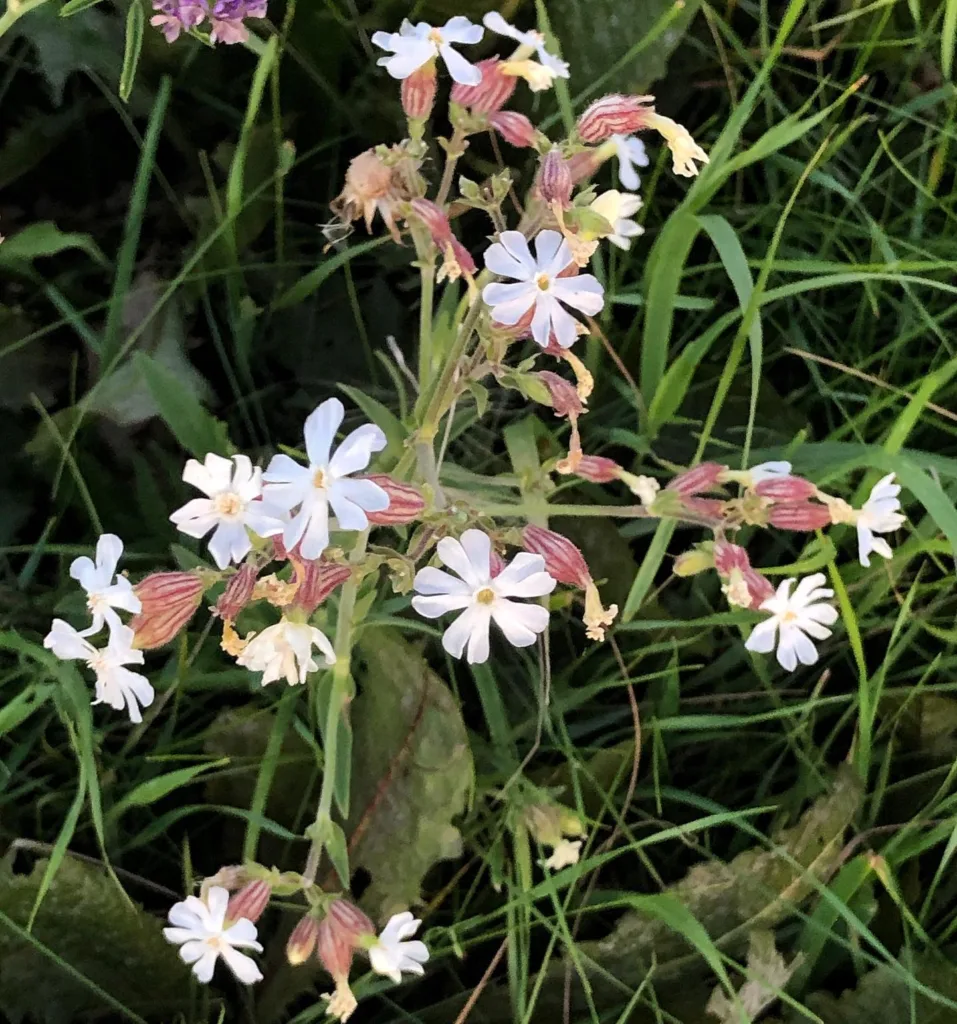
Lace Aloe vs Haworthia
Lace Aloe and Haworthia both have distinct looks, but I find Lace Aloe’s delicate white spots on its leaves more appealing than Haworthia’s bolder, striped patterns.
Lace Aloe vs Aloe Vera
Comparing Lace Aloe with Aloe Vera, I appreciate Lace Aloe’s compact size and the way its leaves blush with red and white hues, which gives it a unique aesthetic charm that differs from the more robust appearance of Aloe Vera.
How to propagate lace aloe?
Propagating lace aloe is relatively straightforward and can be done through offsets or leaf cuttings. I prefer to propagate mine through offsets, which are small baby plants that grow alongside the mother plant. I carefully remove these offsets and replant them in a well-draining soil mix, where they quickly establish roots and grow into new plants.
Does lace aloe flower?
Lace aloe does produce small tubular orange flowers on tall stalks, typically during the winter months. While the flowers may not be as showy as those of some other aloe species, they add a lovely touch to the plant’s overall appearance.
How big does lace aloe get?
Lace aloe typically grows to about 6 to 12 inches tall and wide, forming a rosette of slender, lance-shaped leaves. Its compact size makes it well-suited for growing in containers or as part of a succulent garden.
How to care for lace aloe?
Caring for lace aloe involves providing it with well-draining soil, bright sunlight, and occasional watering. I keep mine in a sunny spot indoors near a south-facing window, where it receives plenty of sunlight throughout the day. I water it sparingly, allowing the soil to dry out completely between waterings to prevent root rot.
Is lace aloe edible?
While lace aloe is not typically consumed as a food, some people use the gel from its leaves topically for skincare purposes. The gel is known for its soothing and moisturizing properties and is often used to treat minor burns, cuts, and skin irritations.
Is lace aloe good for skin?
The gel from lace aloe leaves is indeed beneficial for the skin, thanks to its hydrating and soothing properties. I’ve used it to soothe sunburns and minor skin irritations with great success.
Is lace aloe toxic to cats?
As far as I know, lace aloe is not considered toxic to cats. However, it’s always a good idea to monitor your pets around houseplants and seek veterinary attention if you notice any signs of ingestion or adverse reactions.
Can you cut the top off a lace aloe?
Yes, you can cut the top off a lace aloe to propagate it or to encourage new growth. I usually use a clean, sharp knife or scissors to make a clean cut just above a leaf node. I then allow the cut end to callus over for a few days before planting it in well-draining soil.
How often to water lace aloe?
I typically water my lace aloe sparingly, allowing the soil to dry out completely between waterings. I find that it’s best to err on the side of underwatering rather than overwatering, as lace aloe is susceptible to root rot if its roots are consistently wet.
How to get a lace aloe to bloom?
To encourage lace aloe to bloom, it’s important to provide it with plenty of sunlight and to mimic its natural growing conditions as closely as possible. I find that keeping mine in a sunny spot and providing it with well-draining soil and occasional fertilization during the growing season helps promote flowering.
How to prune lace aloe?
Pruning lace aloe is generally not necessary, as it maintains a compact and tidy growth habit on its own. However, I occasionally remove any dead or yellowing leaves to improve the plant’s appearance and encourage healthy growth.
Is lace aloe a succulent?
Yes, lace aloe is a type of succulent plant. It stores water in its leaves, allowing it to survive periods of drought and making it well-suited for arid environments.
Why is my lace aloe turning brown?
Lace aloe turning brown can be caused by various factors, including overwatering, underwatering, or exposure to cold temperatures. I typically assess my care routine and adjust watering frequency or environmental conditions as needed to help the plant recover. If the browning is severe, I may trim away any affected leaves to prevent further damage to the plant.
If i die, water my plants!



